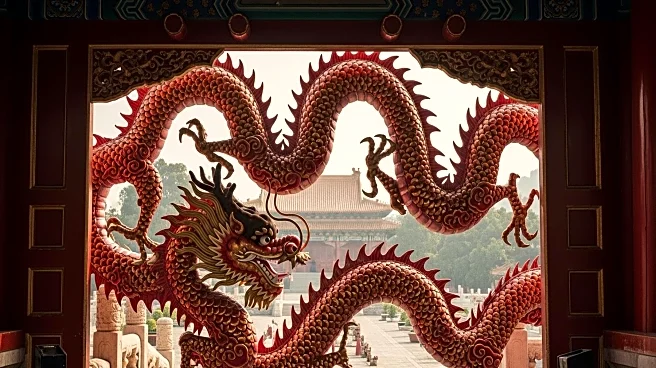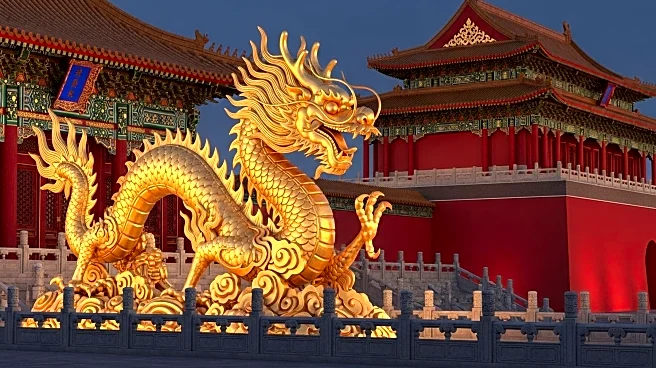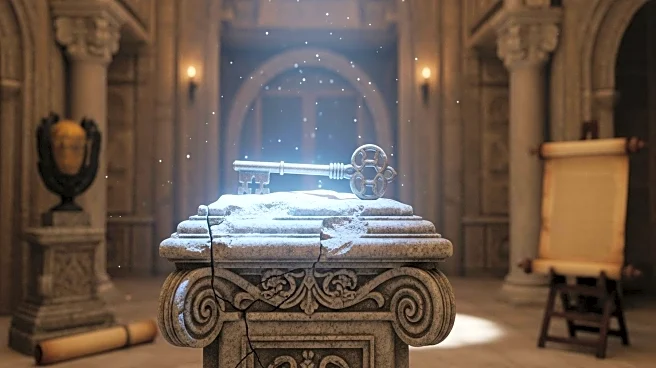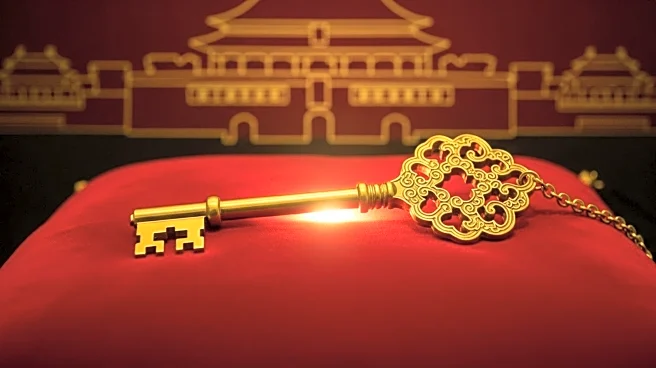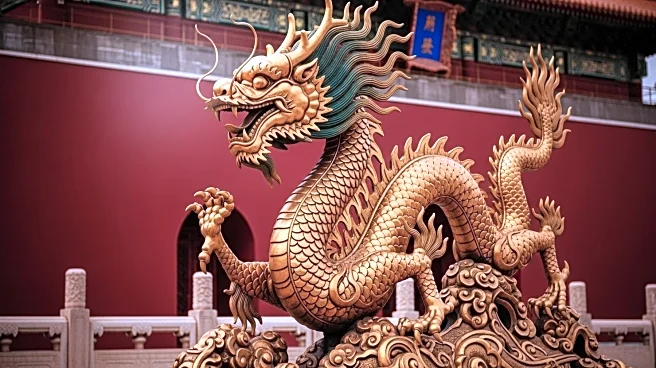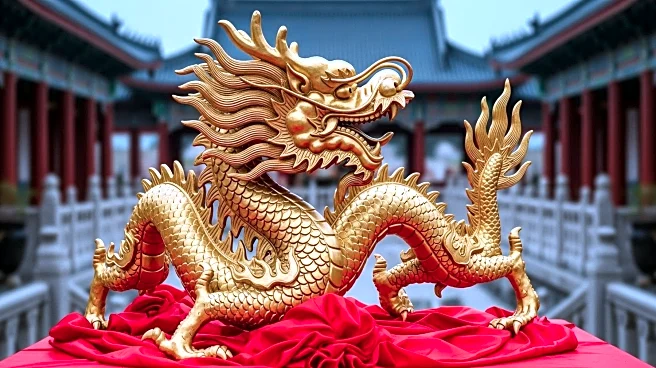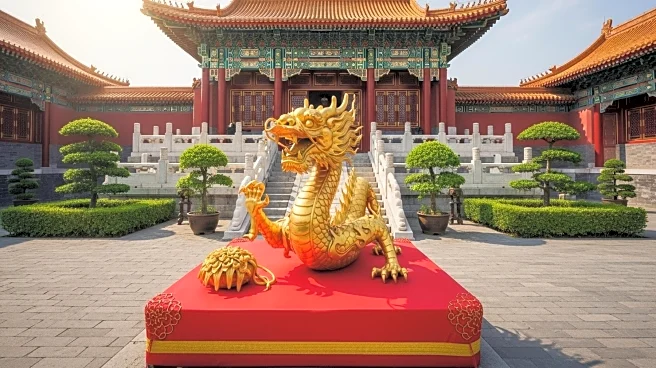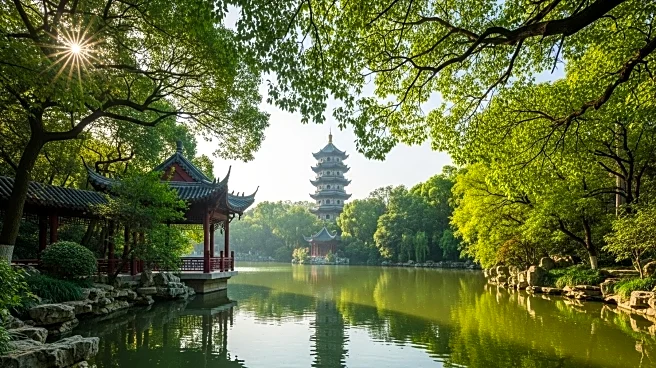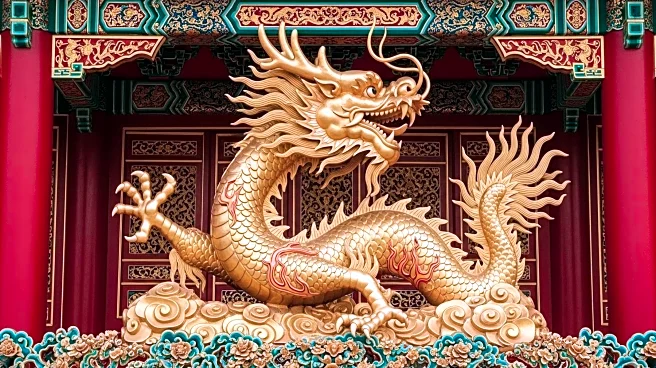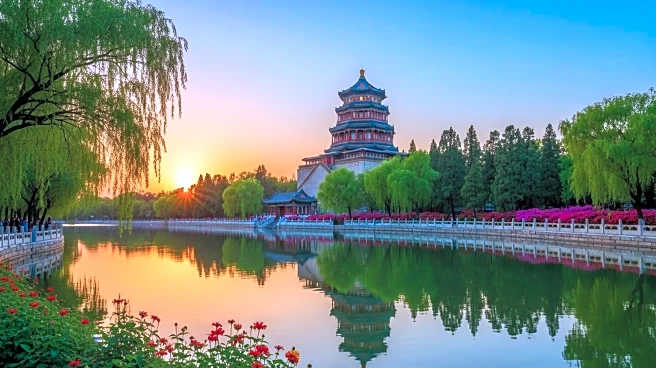The Forbidden City, a historic palace complex in Beijing, China, has witnessed numerous milestones throughout its long history. From its construction to its transformation into a museum, these moments have shaped its legacy.
Early Milestones
The construction of the Forbidden City began in 1406 under the orders of the Yongle Emperor. Completed in 1420, it marked the establishment of the imperial residence and the political center of China. The site was strategically chosen for its central location in Beijing, symbolizing the emperor's authority.
Breakthrough Moments
One of the breakthrough moments in the history of the Forbidden City was the entry of Matteo Ricci, the first European to be invited by the Wanli Emperor in 1601. This event marked the beginning of cultural exchanges between China and the West, highlighting the city's role as a center of diplomacy.
Recent Developments
In 1925, the Forbidden City was transformed into the Palace Museum, marking the end of its role as an imperial residence. This transition allowed for the preservation and study of its rich history and cultural heritage. The declaration of the site as a World Heritage Site in 1987 further solidified its importance.
Lasting Impact
The Forbidden City's lasting impact is evident in its continued influence on architectural and cultural studies worldwide. As a museum, it attracts millions of visitors annually, offering insights into the history of the Chinese empire. Its preservation ensures that future generations can appreciate its significance.
 Discover Daily • 8 min read
Discover Daily • 8 min read 